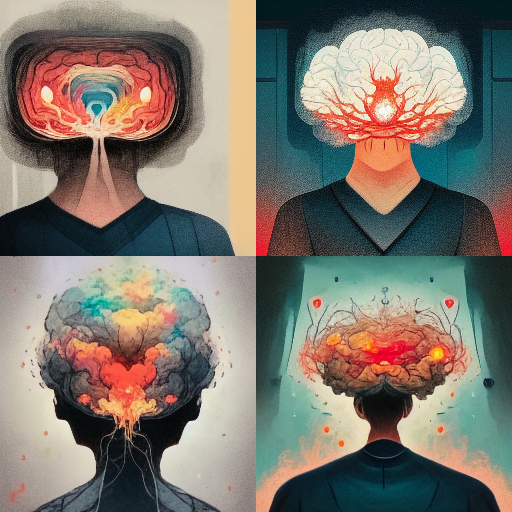Rethinking Punishment: A Call for Empathy in a Desperate World
Introduction
In today’s society, it is all too common to write off individuals who commit crimes or behave erratically as inherently bad people deserving of punishment. This perspective, however, often overlooks the complex realities that drive these actions. In many cases, these are individuals struggling with mental health issues or facing desperate circumstances.
The Desperation Behind the Crime
The cost of living continues to soar, and as big corporations tighten their reins, the support for people slipping through the cracks is dwindling. For many, desperation becomes the driving force behind their actions, not an inherent desire to do wrong.
The Arbitrary Application of Laws
Adding to this problem is the arbitrary and often discriminatory application of laws, which places additional obstacles in the path of already marginalized individuals. This approach not only fails to address the root causes of criminal behavior but also perpetuates a cycle of poverty and crime.
The Harm of Authoritarian Approaches
A hard-line, punitive approach to crime and erratic behavior often does more harm than good. It stigmatizes individuals, making reintegration into society more challenging, and often ignores the underlying issues that led to the behavior in the first place, such as mental health problems or socioeconomic struggles.
The Need for Empathy and Support
Rather than defaulting to punishment as the solution, we must exercise more empathy towards each other. This means advocating for mental health services, affordable housing, and job training programs that address the root causes of desperate actions, rather than simply penalizing the actions themselves.
A Path to Change: Shifting Our Approach to Judging Others
Self-Reflection and Empathy
The first step towards change begins with self-reflection. We must all make a conscious effort to empathize with others and consider the circumstances that may have led them to their current situation. Before passing judgment, we should ask ourselves: “What would I have done in their shoes? Could I have ended up in a similar situation under different circumstances?”
Understanding Mental Health and Neurodivergence
Mental health challenges and neurodivergence further complicate the picture. Neurodivergent individuals, such as those with autism, ADHD, or other neurological differences, often experience the world in unique ways. Their behavior, which might seem unusual or challenging to neurotypical individuals, is often misinterpreted, leading to unnecessary conflict and misunderstanding.
Challenging Cancel Culture
In today’s world of ‘cancel culture,’ where public shaming can occur at the drop of a hat, we must be especially cautious. The rush to condemn someone based on limited information, often without considering their mental health or neurodivergence, is a dangerous trend. We must prioritize understanding and compassion over immediate judgment and cancellation.
Advocacy and Education
To foster a more empathetic society, we must advocate for comprehensive mental health education. This includes pushing for curricula in schools that teach children about mental health and neurodivergence from a young age, as well as community education programs for adults.
Supporting Policy Change
On a broader scale, we must support policies that prioritize mental health services and social support systems over punitive measures. This includes voting for representatives who understand and advocate for these issues, and actively engaging in discussions that challenge the status quo of our criminal justice system.
The Armchair Judge: The Harm of Judging from Afar
The Ease of Remote Judgement
In the age of social media and instant news, it has become all too easy to become an “armchair judge.” From the comfort of our homes, we form opinions and pass judgments on individuals and situations we know little about. This distant form of judgment lacks the nuance and understanding that comes from direct experience, and it often leads to the vilification and dismissal of people who are already struggling.
The Consequences of Vilification
When we vilify others from our lounge chairs, we contribute to a culture that values punishment over rehabilitation and isolation over community support. This type of judgment can have real-world consequences, influencing public opinion and policy in ways that further marginalize and harm those who are doing it tough.
Shifting the Discourse
To break this cycle, we need a fundamental shift in our social discourse. Instead of immediately resorting to vilification and dismissal, we should strive to approach each situation with empathy, understanding, and a genuine desire to help. This means listening more than we speak, seeking to understand the full context of a person’s actions, and advocating for solutions that address root causes rather than symptoms.
The Power of Support
When we choose to support rather than judge, we help to create a society where people are no longer forced into desperate situations. By providing access to mental health services, affordable housing, education, and job opportunities, we can offer paths towards stability and well-being that don’t involve punitive measures.
Conclusion
The armchair judge may be a convenient role to slip into, but it is a harmful one. As members of a shared society, we have the power to change the narrative. By shifting our discourse from one of vilification to one of empathy and support, we can help to build a world that uplifts those who are struggling, rather than pushing them further into desperation.




























